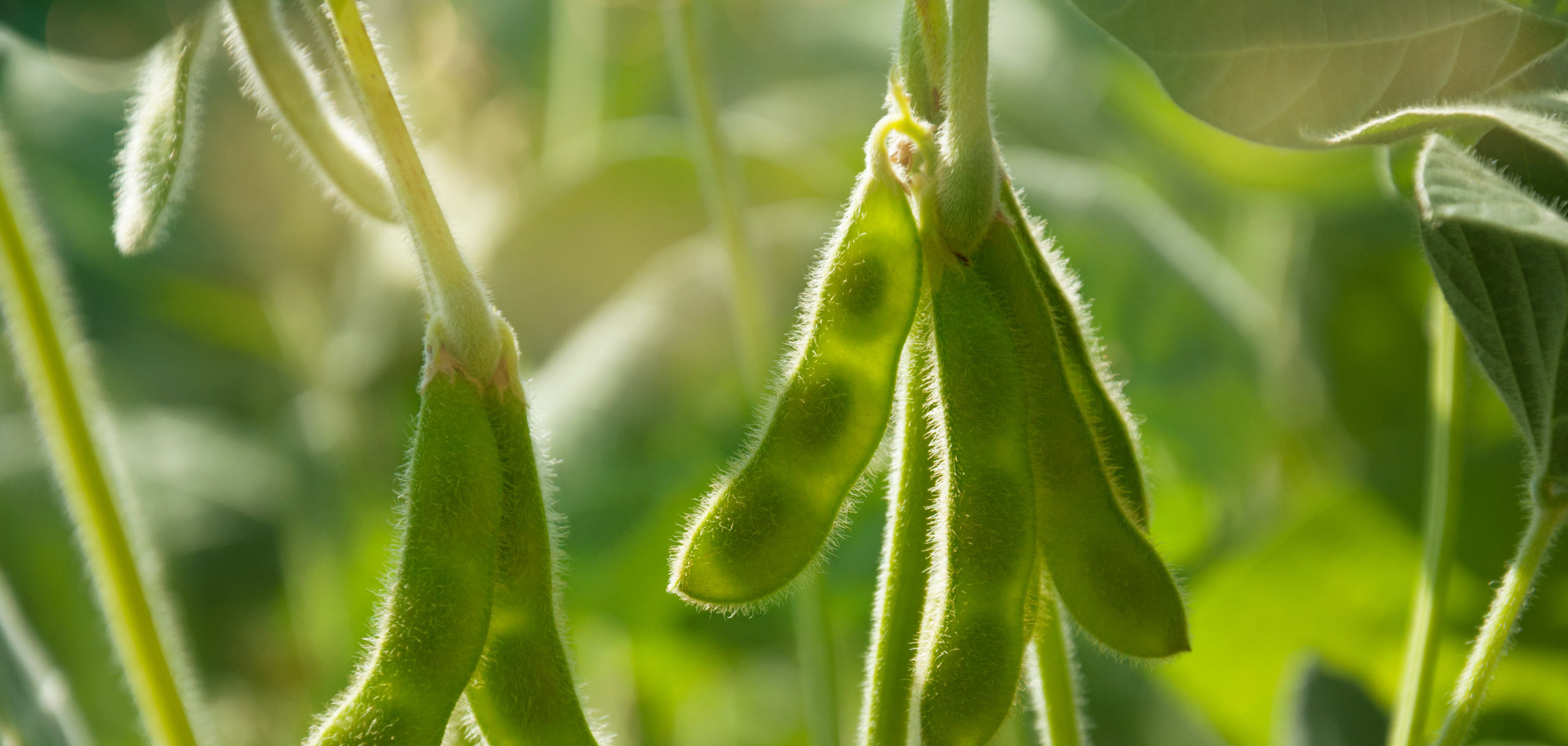
Growth Performance of Rohu Carp in Ponds Using the ASA Feed-Based Technology with Soy-Maximized Feed Compared to the India National Package Methodology
Category: Aquaculture
Region: Middle East & North Africa
DownloadA feeding demonstration was conducted at Thirumaniari, Tiruvaroor District, Tamil Nadu, India to compare the growth of rohu carp (Labeo rohita) grown using two different production and feeding methodologies in six 0.11-ha earthen ponds. Rohu carp of size 16 g were stocked in three ponds at 1,430 fish per pond and cultured using the ASA feed-based technology with soy-maximized, extruded feed. In the other three ponds, 12-g rohu (Labeo rohita), 12-g catla (Catlacatla), and 24-g mrigal (Cirrihinus mrigala) carp were stocked at 330, 132 and 198 fish per pond, respectively, and cultured using the traditional India National Package (NP) methodology. The NP methodology uses low density culture with nutrient addition through animal manure and low quality supplemental feeds. Rohu carp cultured using the feed-based ASA technology grew from 16 g to 477 g in 221 days and yielded an average of 6,721 kg/ha. Rohu carp cultured using the NP methodology grew from 12 g to 404 g in 264 days. Total combined yield for rohu, catla and mrigal carps from the NP ponds averaged 2,160 kg/ha. Fish grown with the ASA technology and feed yielded significantly better weight gain, health, production, FCR and economic return than fish cultured using the NP methodology. Taste tests found no discernable difference in the taste of fish produced using either culture method.